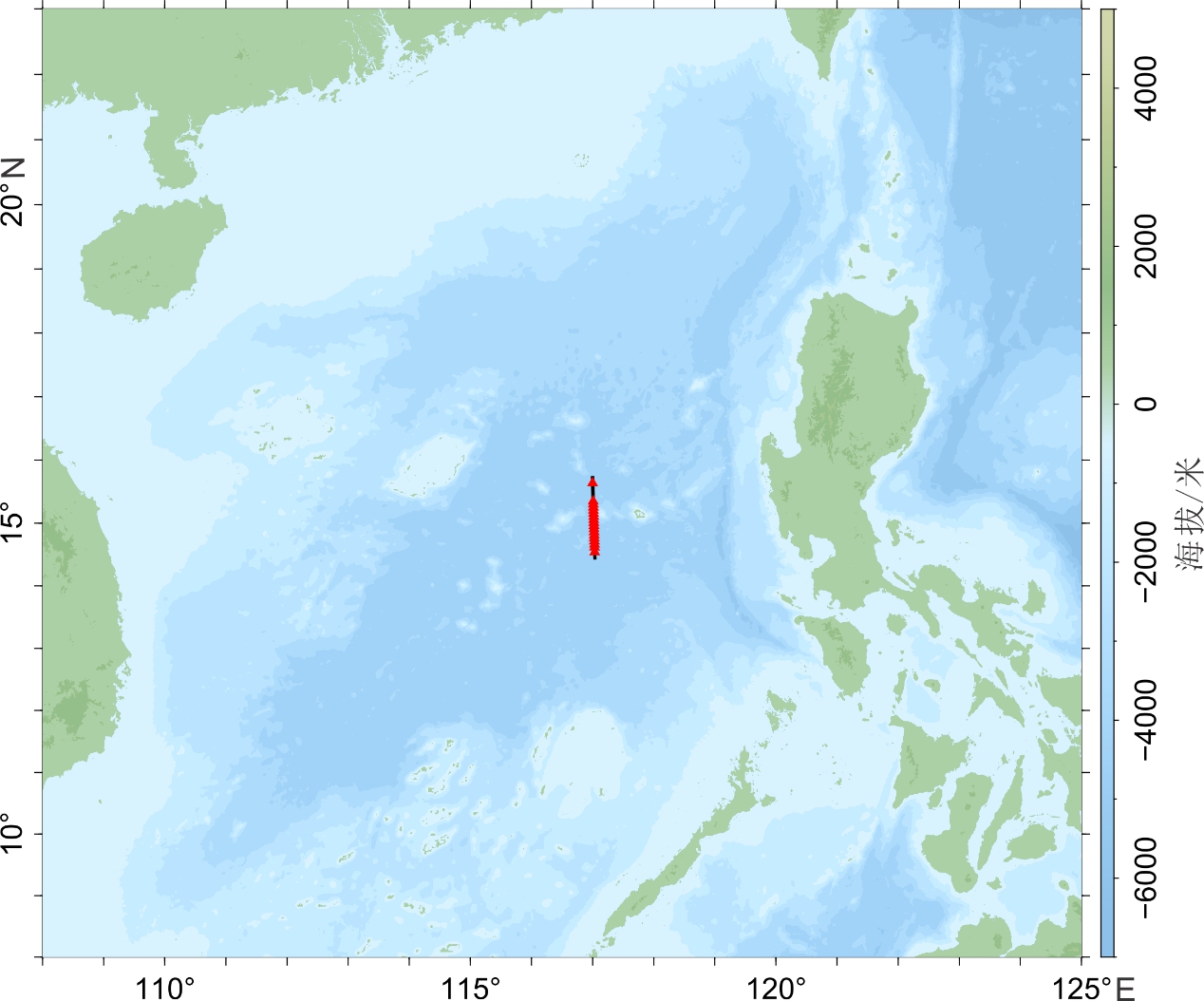China conducts ‘CT scan’ on 4000m-deep seabed, breaking West technological monopoly in deep marine electromagnetic method

Photo: from the South China Sea Institute of Oceanology under the Chinese Academy of Science
China has successfully conducted a "CT scan" of the deep-seabed in the South China Sea with its completely home-grown electromagnetic transmitter and receiver equipment. It marks a breakthrough in electromagnetic detection technology under complex deep-sea terrain conditions, breaking the West's technological monopoly.
According to the South China Sea Institute of Oceanology (SCSIO) under the Chinese Academy of Science, researchers from the SCSIO and China University of Geosciences (Beijing) used both artificial-source electromagnetism and natural-source electromagnetism to detect the sea-bottom profile of an area about 100 kilometers long at a depth of about 4,000 meters in the central South China Sea basin from July to August 2023.
"It's like a 'CT scan' of the geological structure of the seabed. We put completely home-made equipment on the seabed which emits and receives electromagnetic radiation. By receiving and analyzing electromagnetic signal from both natural sources and artificial sources, we can visualize the structure and potential composition of the seabed, such as the presence of water, metals, oil and gas, and natural gas hydrates," Sun Zhen, a research fellow from the SCSIO and part of the team involved, told the Global Times on Wednesday.
The success of the experiment marks a further breakthrough for China in exploring the deep seabed with high-quality electromagnetic data, as only a few countries, such as the US, some European countries and Japan possess such technology.
However, through more than 20 years' unremitting efforts, China has made significant progress in underwater electromagnetic field observation, high-power artificial source emissions, offshore electromagnetic surveying techniques and data analysis and processing, which made important contributions to its goal of becoming a marine technology powerhouse.
"The experiment is another step forward to better our exploration in underground geological research and marine resources. Previously we could only detect the seabed at 1,000 meters deep. Now the detection area can be much deeper," Sun said.

